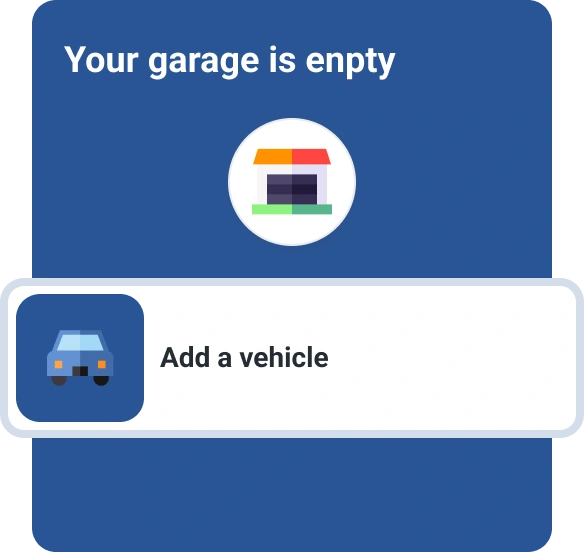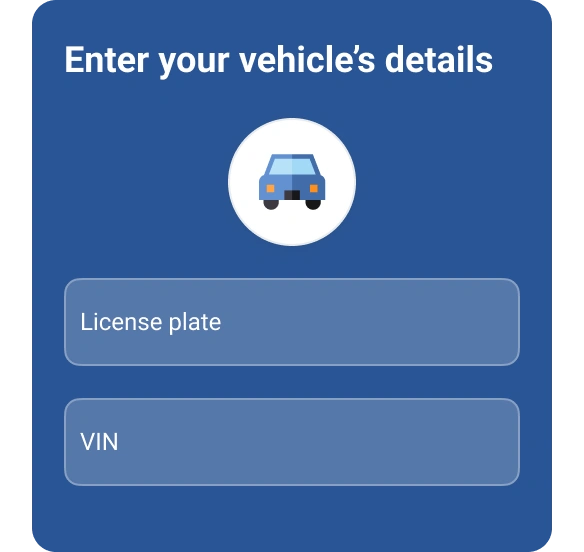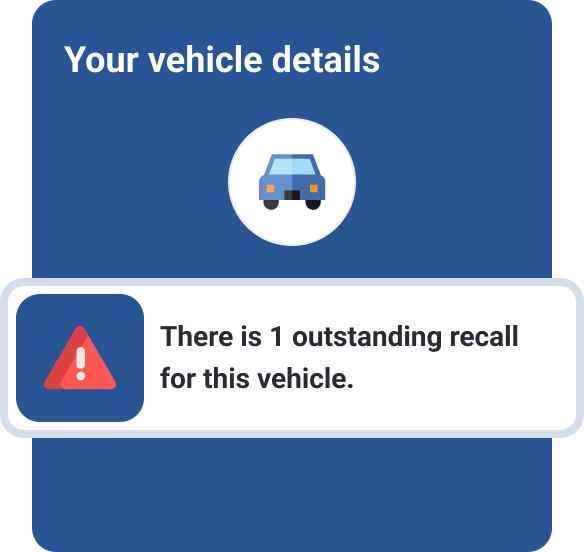How to Sell a Car With a Loan
Quick Answer
You can sell a car with an existing loan by first determining your car’s value, contacting your lender and calculating your equity. Then list your car, finalize the price and pay off the loan.

So, you want a new car but still owe money on your current one. Not a problem. You can sell your car with an existing loan by paying off the lender who holds the title.
Since the lender technically owns the car until the loan is paid in full, you'll need to settle the balance before you can transfer the title to a new owner. This may involve some extra steps to pay off your lender and sell your car. Here are the steps to sell a car with a loan balance.
1. Determine Your Car's Value
Before listing your car for sale or heading to the dealership, you'll want to know what it's worth. Free car appraisal tools at sites like Kelley Blue Book or Edmunds can help you estimate how much you might get if you sell the car yourself or trade it in at a dealership. You may see different valuations based on your car's condition, upgrades, service history and whether you're selling the car to a private party or trading it in at a dealership. These valuations can serve as a starting point for negotiations.
You might consider getting a purchase offer from a used car dealer like CarMax or another local dealership. Their offer can give you a baseline price which you might beat by selling your car privately. If you can't sell the car on your own, you can always fall back on the dealer's offer.
Compare rates on lease buyout
Find a good auto loan for lease buyouts with today’s rates. Compare current rates and offers to find the best loan for you.
2. Contact Your Lender
Once you have a good idea of your car's value, contact your lender to find out your loan payoff amount, which could differ from your loan's remaining balance. Check your loan documents or ask your lender if your loan includes a prepayment penalty.
While you're at it, ask your lender about their requirements for you to sell the car. For example, if your lender is a local bank or credit union, they may want you and the buyer to meet at their branch office to sign the papers. If you're trading in your financed car to a dealership, the lender and dealer can handle the transaction directly.
3. Calculate Your Car's Equity
Now you know your car's value and the amount it will take to own it outright so you can complete the sale. Subtract your vehicle's payoff amount from its current value to determine whether you have positive or negative equity. The answer will determine whether you'll pocket money after the sale or need to pay the difference to pay off your auto loan.
- Positive equity: Let's say your car is worth $25,000, and your payoff amount is $20,000. In this case, you owe less than the car is worth, so you could walk away with $5,000 in positive equity if a buyer agrees to the full sale price.
- Negative equity: You have negative equity in your car if you owe more than it's worth. This scenario is also known as being upside-down or underwater on your loan. For example, if your car is worth $25,000 but you owe $30,000, then you would need to come up with an additional $5,000 to pay off your loan if you sell the car for $25,000.
In either case, only when the lender is paid off will they release the title so you can transfer ownership to the buyer.
4. List Your Car
Once you've calculated a competitive price, it's time to list your car for sale on online marketplaces like Autotrader or Cars.com or on social media platforms like Facebook Marketplace. Be sure to include high-quality pictures of the car's exterior and interior, along with a list of your car's features and specifications. Remember that under federal law, you must provide the vehicle's mileage using either the car title or a disclosure form from your state's department of motor vehicles (DMV).
When speaking with potential buyers, mention that the car has an existing loan and clarify if they'll need to accompany you to the bank to sign the paperwork.
You can forego listing your car if you plan on trading it in at a dealership. The dealer will appraise your car and make an offer, which you can accept, decline or negotiate.
5. Finalize the Price
Negotiation is perhaps the least enjoyable part of selling your car, but it's usually necessary to get a fair price. Before meeting with a buyer or dealer, consider your ideal price and be ready to support it with documentation such as maintenance records and a motor vehicle history report. Also, if you have a transferable warranty, bring the warranty details to share with the buyer.
Potential buyers will likely make a counteroffer, so it's a good idea to have a baseline price in mind. If their offer falls short, you can walk away from the deal and work with other buyers.
Keep in mind, dealers are negotiating based on the trade-in value of your car. Dealer offers tend to be substantially less than private-party offers because the dealer must make a profit when they resell the vehicle.
Learn more: How to Sell Your Car for the Most Money Possible
6. Pay Off the Loan
Once you agree to a final sale price with a buyer or dealer, all that's left to do is pay off your loan to release the title and complete the sale. Depending on how you sell your car, the process could look a bit different:
- Private buyer with positive equity: If your car is worth more than you owe, you can use the buyer's payment to pay off your loan, and any leftover money is yours to keep. With the loan paid off, your lender should release the title to you, which you can then sign over to the buyer.
- Private buyer with negative equity: If you're upside-down on your auto loan, you'll need to come up with the difference between the loan payoff amount and the sale price. Use the buyer's payment to pay off as much of the loan as possible and cover the remaining amount with your own funds.
- Dealership trade-in: In this case, the dealership typically works directly with your lender to pay off the loan. Generally, the dealer applies the value of your car toward your new purchase. If you owe more than the car's value, the dealer may offer to roll the remaining loan balance into your new car loan. While this is a convenient option, be aware it's a costly one that raises the total loan amount and consequently your monthly payments.
Frequently Asked Questions
Improve Your Credit Before Applying for a New Car Loan
You can sell or trade in your car even if you're still paying on a loan, but check your loan agreement or talk with your lender beforehand. You'll want to verify how they handle title transfers and if there is an early payment penalty.
If you plan on financing a new car after selling your current one, it's a good idea to check your credit report and score for free with Experian. You'll see what lenders see when reviewing your credit and making a loan approval decision. If your score could be better, take steps to improve your credit before applying for a new loan. With a higher score, you might qualify for a lower auto loan rate and save money over the course of the loan.
What makes a good credit score?
Learn what it takes to achieve a good credit score. Review your FICO® Score for free and see what’s helping and hurting your score.
Get your FICO® ScoreNo credit card required
About the author
Tim Maxwell is a former television news journalist turned personal finance writer and credit card expert with over two decades of media experience. His work has been published in Bankrate, Fox Business, Washington Post, USA Today, The Balance, MarketWatch and others. He is also the founder of the personal finance website Incomist.
Read more from Tim

